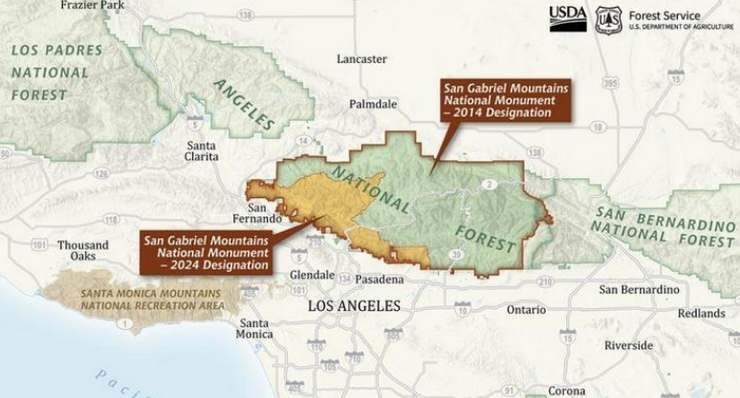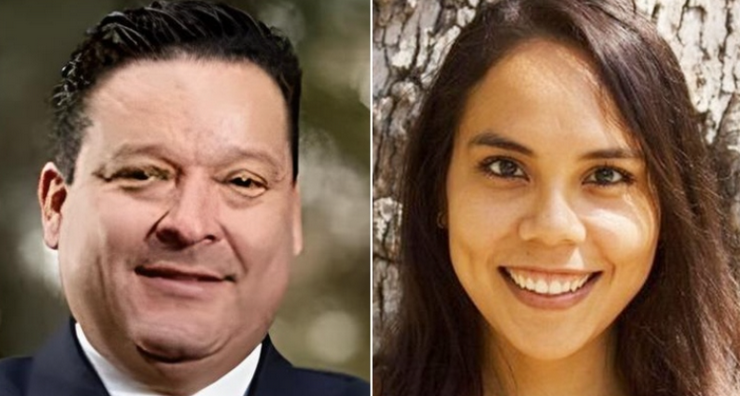
While many labs on Caltech’s campus were necessarily ramping down in March, Pamela Bjorkman, Caltech’s David Baltimore Professor of Biology and Bioengineering, was preparing for heightened activity. In January, her lab, which studies how the immune system reacts to viruses such as HIV, was among the first to pivot to studying SARS-CoV-2.
Bjorkman’s research group hopes that by studying the virus’s protein spikes and the antibodies that react to them, it might be possible to develop an antibody therapy that can treat COVID-19 or to learn how to make a vaccine to protect against infection.
Bjorkman also aims to help the public understand the science behind the pandemic.
“As scientists, all of us need to engage with the public more because it’s critical in our world that people trust science and understand what is going on,” says Bjorkman. “There are a lot of misconceptions out there.”
In a recent webinar, Bjorkman provided an introduction to viruses, antivirals, and vaccines in the context of SARS-CoV-2. She also invited audience questions.
Is there a means to determine whether a virus has developed naturally in the wild versus one synthesized or modified in the laboratory?
It’s unfortunate that conspiracy theories are being spread (sort of like a virus) about the origins of SARS-CoV-2. When you look at the sequence of SARS-CoV-2, it’s clear that it evolved from a particular bat coronavirus. There’s no way, in my mind, that a scientist could design a viral sequence based on a bat coronavirus sequence or any other sequence to ensure that it would be very highly transmissible and also induce serious illness. From what we understand about COVID-19, the progress to ARDS (acute respiratory distress syndrome) is caused by our own immune system’s response to the virus. I teach immunology every year, and I would have no idea how to design a coronavirus (or any other virus) to produce ARDS. Nor would any other scientist. So even if you believe that scientists would deliberately synthesize a deadly virus in the laboratory for release to the public, there’s no way of someone knowing what they would have to start with and modify (e.g., a bat coronavirus) to make it easily transmissible among humans.
Even if we develop a vaccine against COVID-19 quickly, it is not going to be a cure. Do we know how quickly COVID-19 evolves, and how to we deal with such ‘moving targets’? Any lessons we can borrow the experience of developing flu and HIV vaccines (or failure to do so)?
The formulation of the annual flu vaccine is chosen by the WHO, which predicts which three or four influenza strains are likely to circulate during the next flu season. So, flu vaccines work best when the prediction is correct. Yes, there is information about how quickly SARS-CoV-2 evolves, and the good news is that it evolves more slowly than flu and a lot more slowly than HIV-1. Even though SARS-CoV-2 may not mutate to develop resistance, we might need an annual coronavirus vaccine if a vaccine and a natural infection produce only short-lived immunological memory.
Read more of Bjorkman’s answers to COVID-related questions on everything from vaccine development to preventing the next pandemic on the newly launched Caltech Science Exchange.













 0 comments
0 comments


